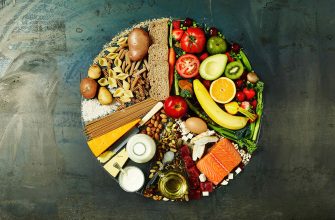There’s nothing quite like the satisfaction of crafting a delicious homemade pizza from scratch. With the right ingredients, you can create a pizza that rivals your favorite restaurant’s version. In this comprehensive guide, we’ll explore the essential ingredients for a homemade pizza that will leave everyone at the table craving more. Let’s dive into the world of scrumptious pizza-making.
-
Content
The Perfect Dough: Foundation of Your Pizza
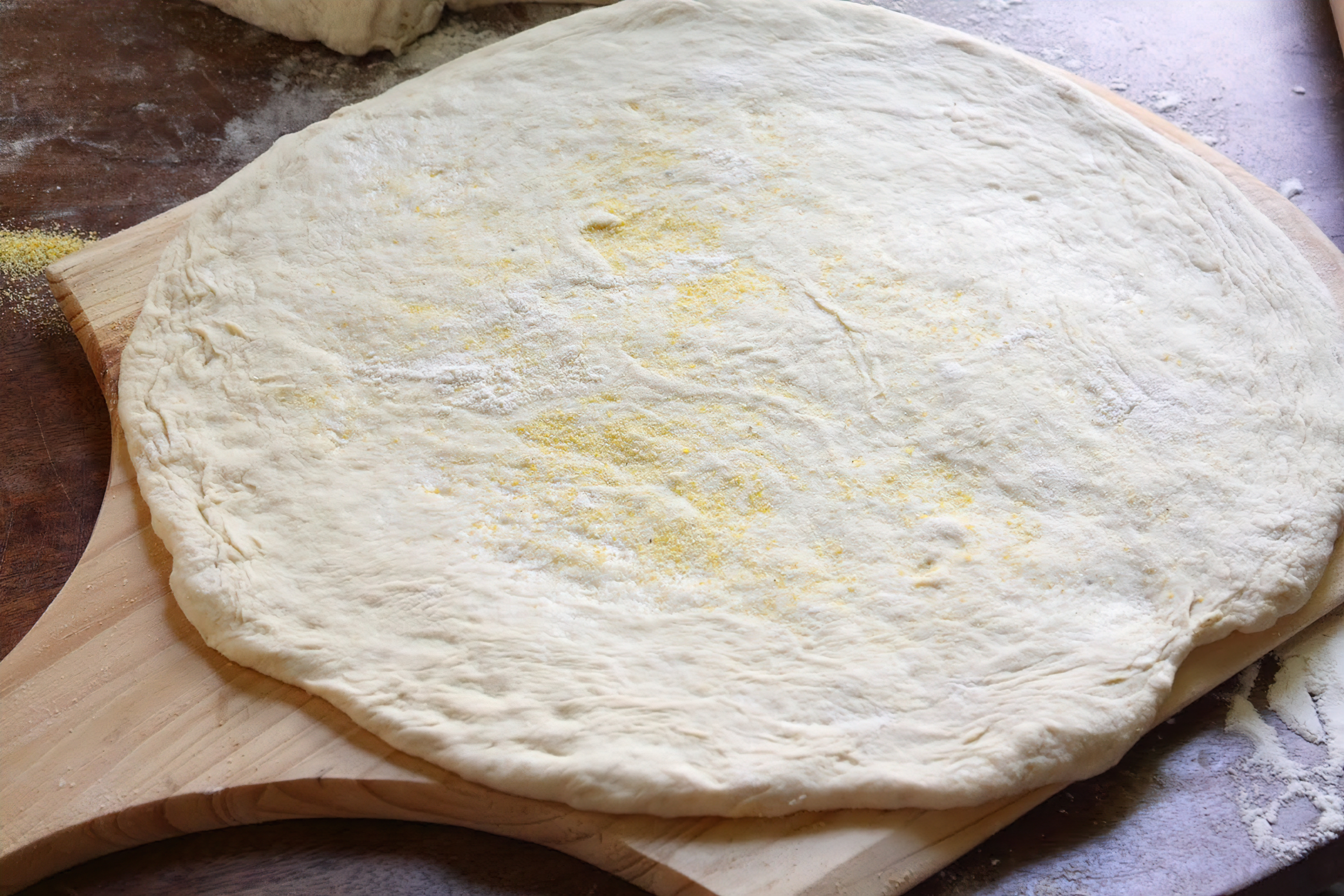
The dough is the foundation of your pizza, and choosing the right recipe is crucial. Opt for high-quality bread flour, which contains a higher protein content, resulting in a chewy and crispy crust. Combine the flour with water, yeast, salt, and a touch of olive oil to create a supple, elastic dough.
Allow the dough to rise for a few hours, or even overnight, to develop flavor and achieve a light, airy texture. This process, known as fermentation, is essential for creating a dough with depth and complexity. Be patient, as this step will significantly impact the final result.
To ensure an evenly cooked crust, preheat your oven or pizza stone to a high temperature. A scorching surface will create a crispy, golden-brown crust that can support your chosen toppings.
-
Flavorful Tomato Sauce: The Heart of Your Pizza
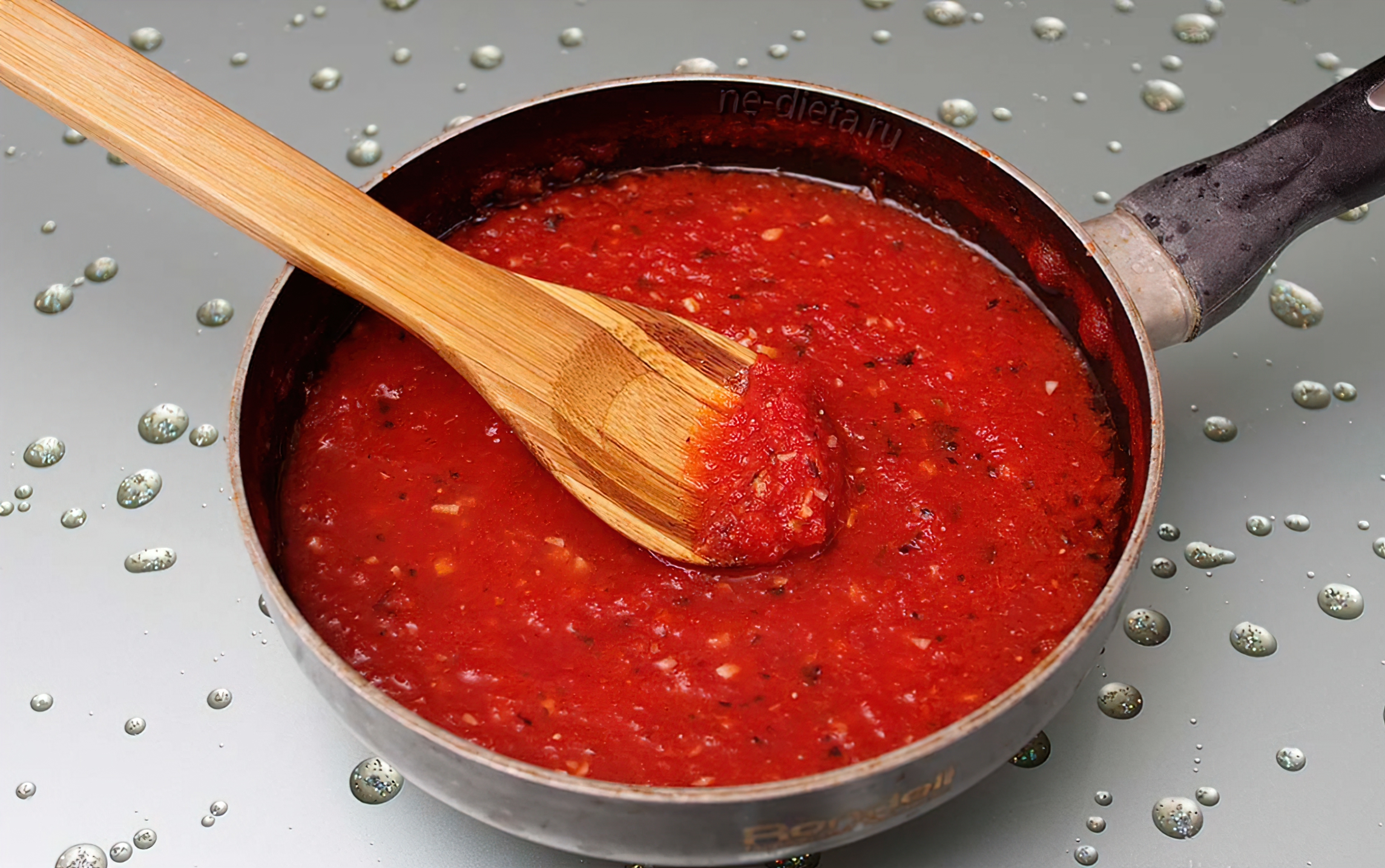
A homemade tomato sauce adds depth of flavor and acts as the heart of your pizza. Use ripe, flavorful tomatoes or high-quality canned tomatoes as the base of your sauce. San Marzano tomatoes, a variety native to Italy, are an excellent choice for their rich flavor and low acidity.
Combine the tomatoes with garlic, onion, olive oil, and a blend of Italian herbs, such as basil, oregano, and parsley. For a touch of sweetness, consider adding a pinch of sugar to balance the acidity of the tomatoes. Simmer the sauce until it reaches a thick, rich consistency, and season with salt and pepper to taste.
-
Fresh, High-Quality Cheese: The Ultimate Topping
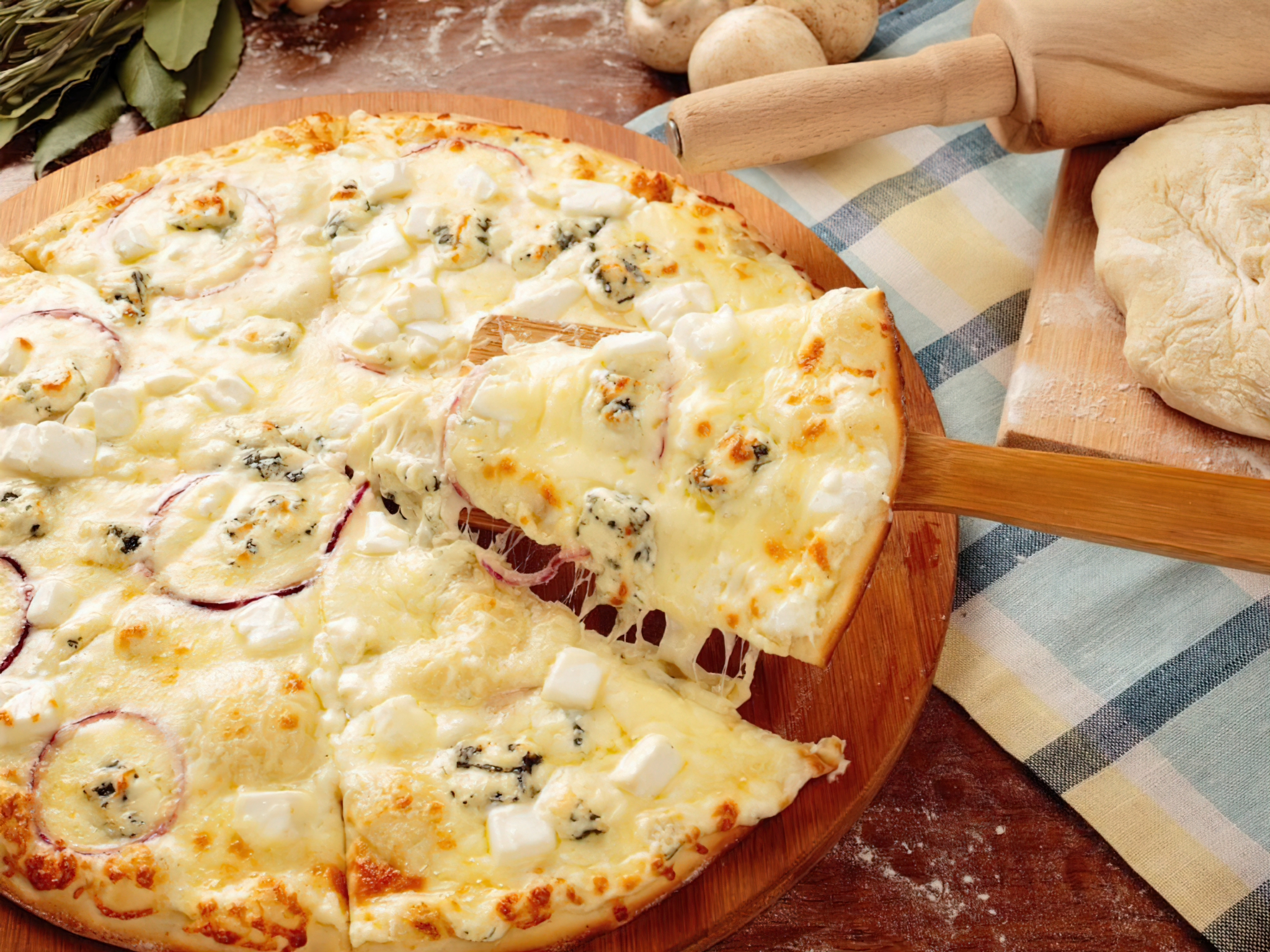
The cheese you choose can make or break your homemade pizza. For a classic choice, opt for fresh, whole-milk mozzarella, which melts beautifully and provides a creamy, rich flavor. Mozzarella di bufala, made from buffalo milk, is another highly prized option for its velvety texture and mild taste.
Other cheeses, such as provolone, fontina, or gouda, can also be used to create unique flavor combinations. For a bold, tangy flavor, consider adding crumbles of blue cheese or feta. Remember, using high-quality cheese can elevate your pizza to new heights.
-
Toppings Galore: Customize Your Pizza
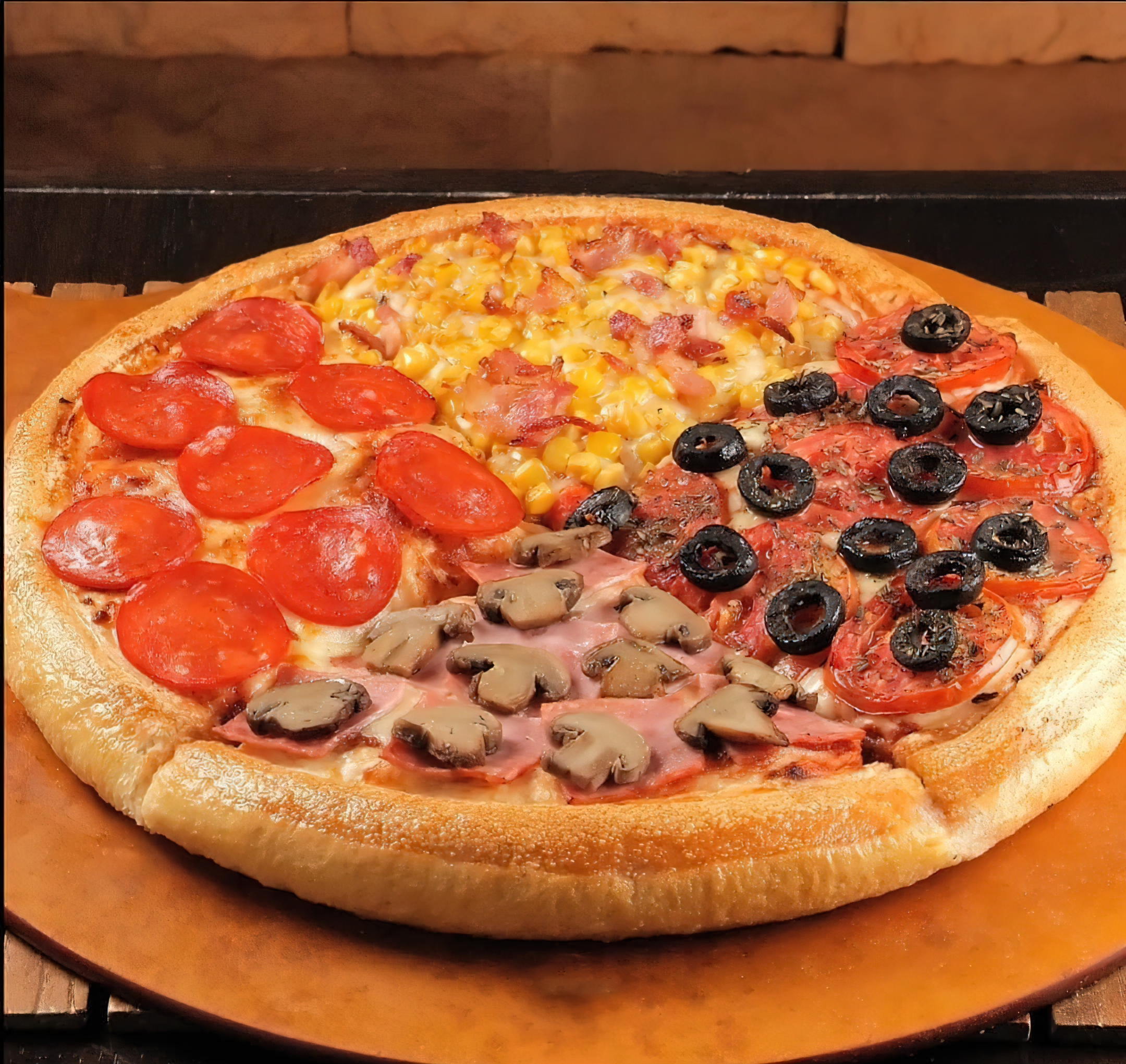
The toppings are where you can truly let your creativity shine. From traditional favorites, like pepperoni and sausage, to more adventurous options, like roasted vegetables, fresh herbs, or even fruit, the possibilities are endless. When selecting toppings, consider balancing flavors and textures for a well-rounded pizza experience.
For a burst of freshness, add a handful of baby arugula or fresh basil leaves after the pizza has finished cooking. For added depth and umami, try incorporating ingredients like sundried tomatoes, sautéed mushrooms, or olives.
And remember, sometimes less is more, so don’t overload your pizza with toppings, as this can result in a soggy crust. Aim for a harmonious blend of flavors and textures that complement, rather than compete with, each other.
Conclusion:
Creating the perfect homemade pizza hinges on a few essential ingredients: the perfect dough, flavorful tomato sauce, fresh high-quality cheese, and a thoughtful selection of toppings. By mastering these components and experimenting with different combinations, you can craft a delicious pizza that rivals any pizzeria. Additionally, consider exploring different crust styles, such as thin-crust, deep-dish, or even gluten-free, to cater to various tastes and dietary preferences.
Don’t be afraid to think outside the box and experiment with non-traditional pizza flavors. For example, try a BBQ chicken pizza with barbecue sauce, grilled chicken, red onion, and cilantro, or a dessert pizza topped with Nutella, fresh berries, and a dusting of powdered sugar.
As you become more confident in your pizza-making skills, you can also invest in specialized tools and equipment, such as a pizza peel or a pizza stone, to further enhance your pizza-making experience. These tools can make the process of assembling, transferring, and cooking your pizza more streamlined and efficient.
In summary, the art of pizza-making is a journey that begins with mastering the essential ingredients and techniques. As you gain experience and confidence, you can explore new flavors, textures, and styles to create a pizza that truly reflects your tastes and preferences. So, roll up your sleeves, preheat the oven, and let your pizza-making journey begin. Embrace the process, and before you know it, you’ll be crafting homemade pizzas that will impress your family and friends alike.

